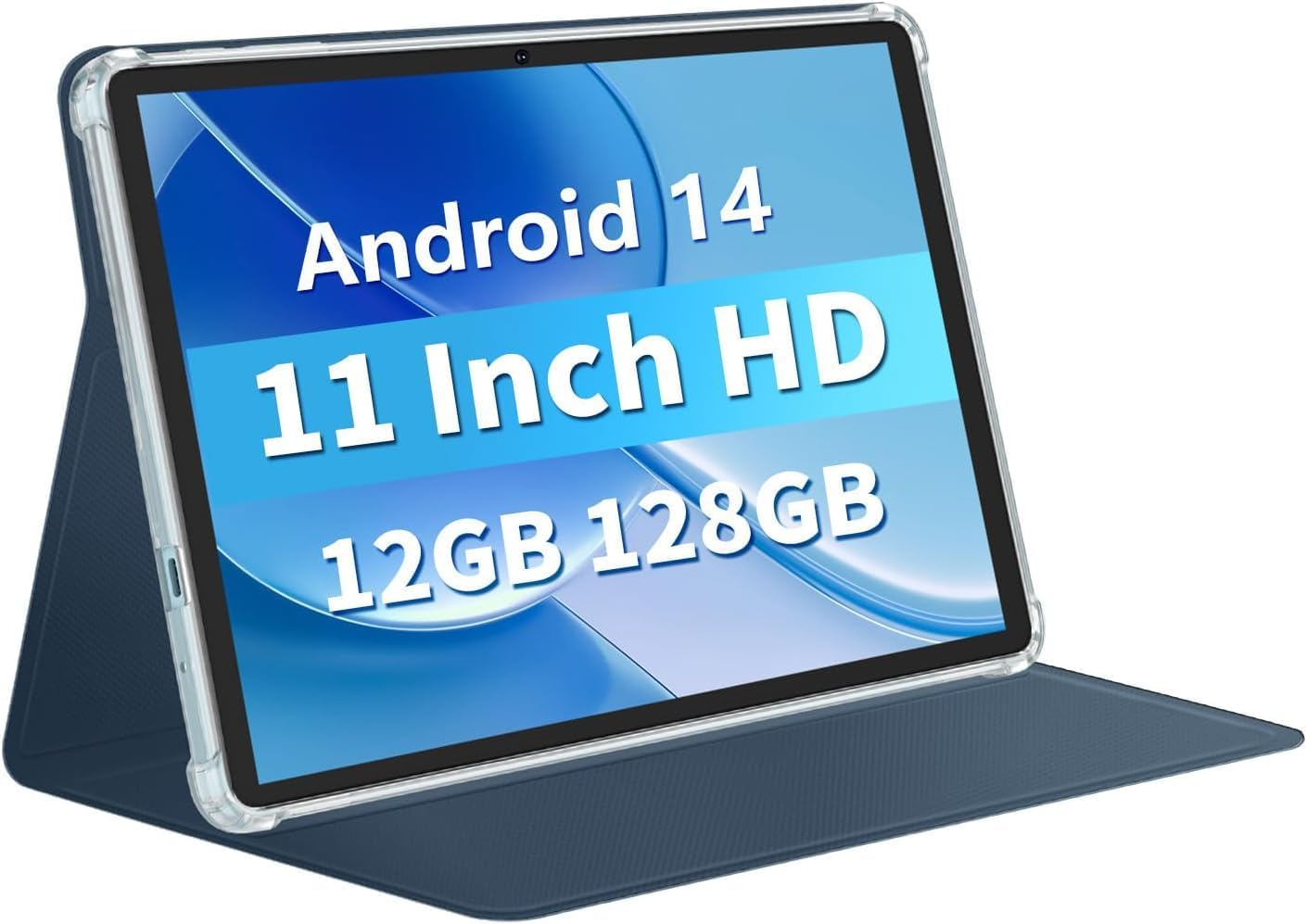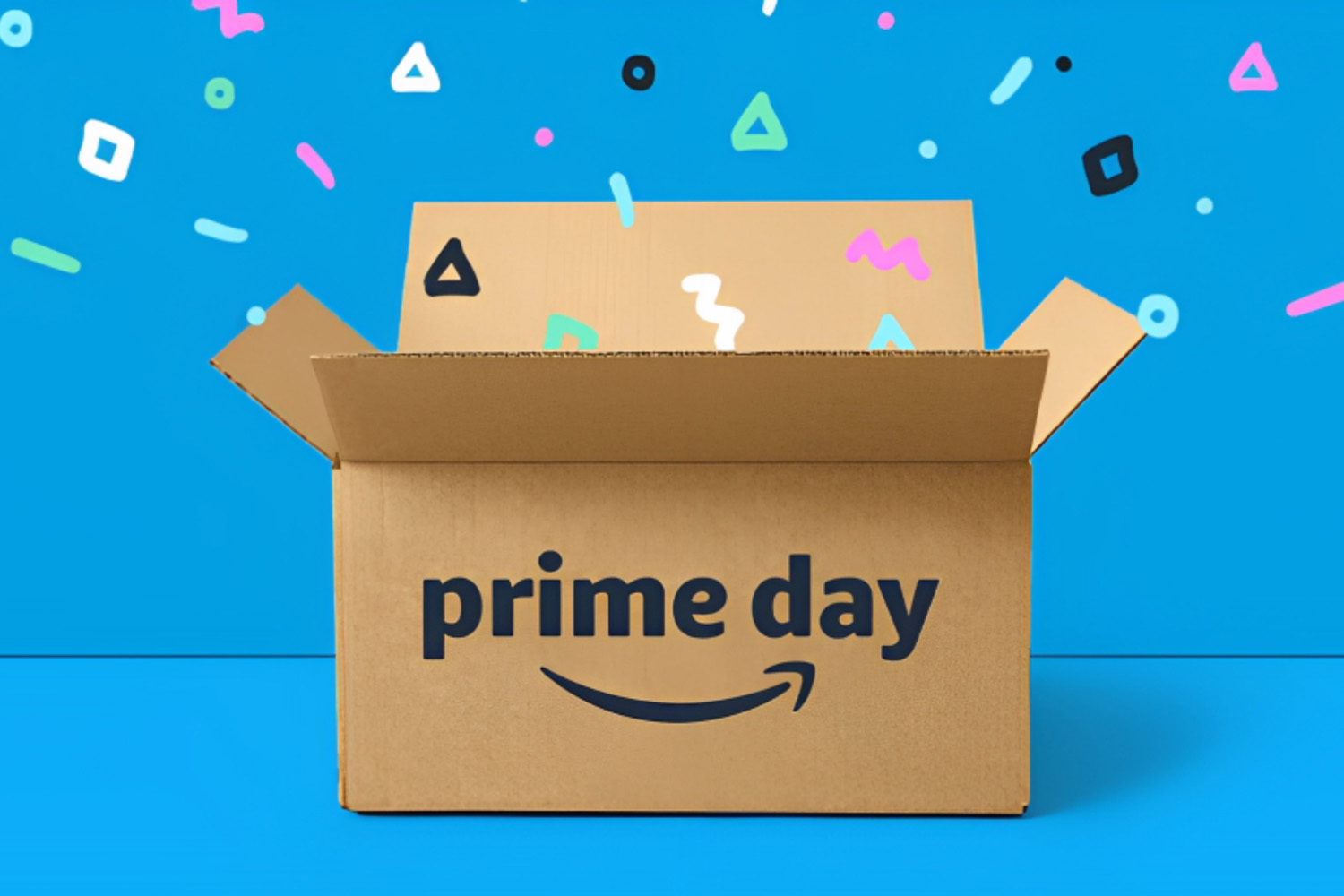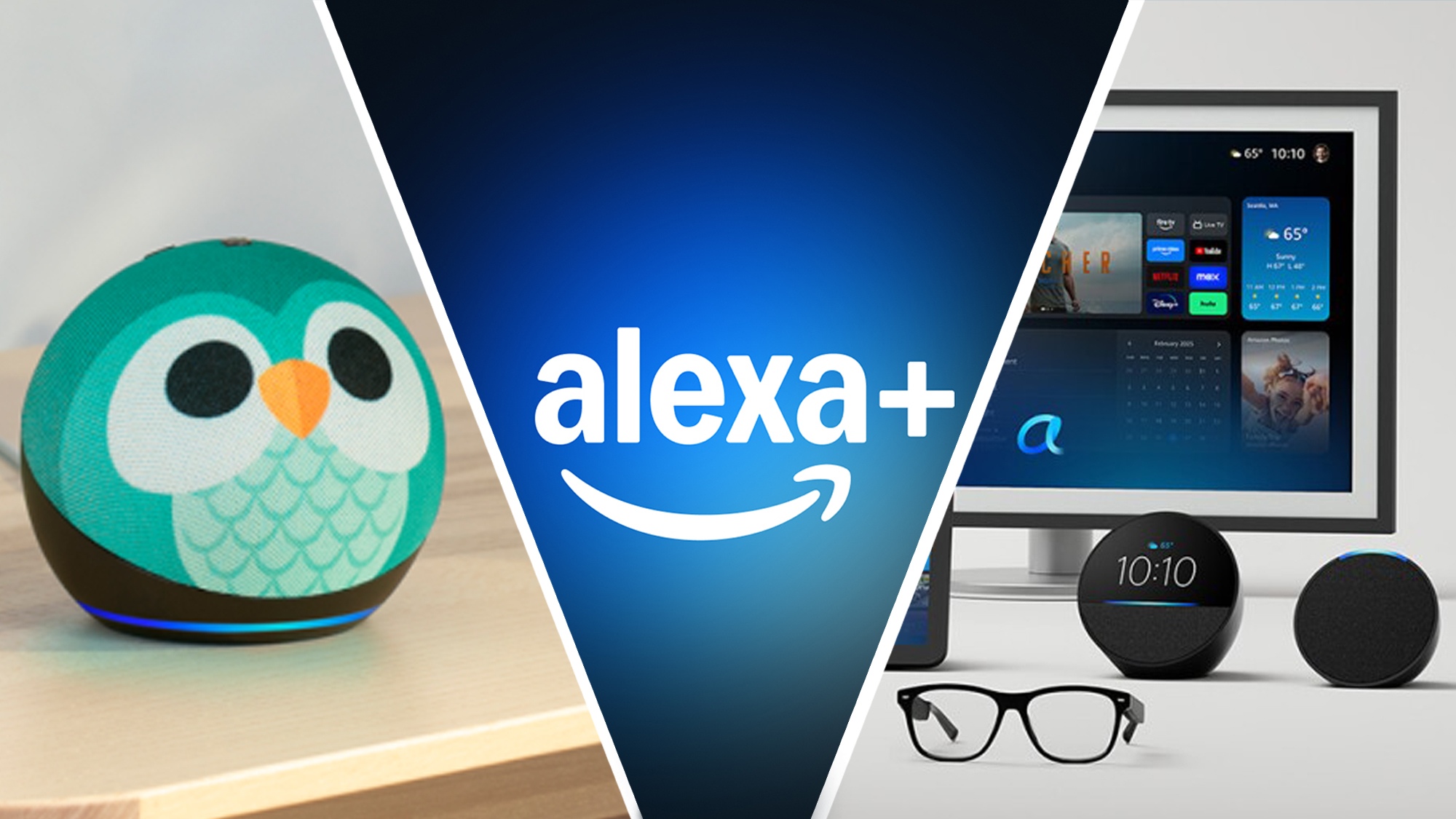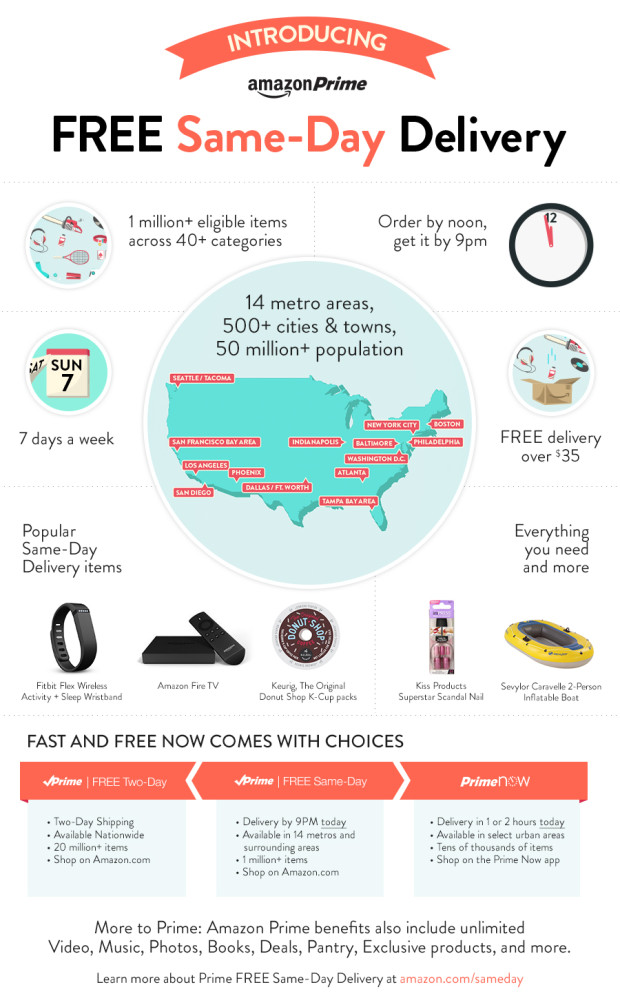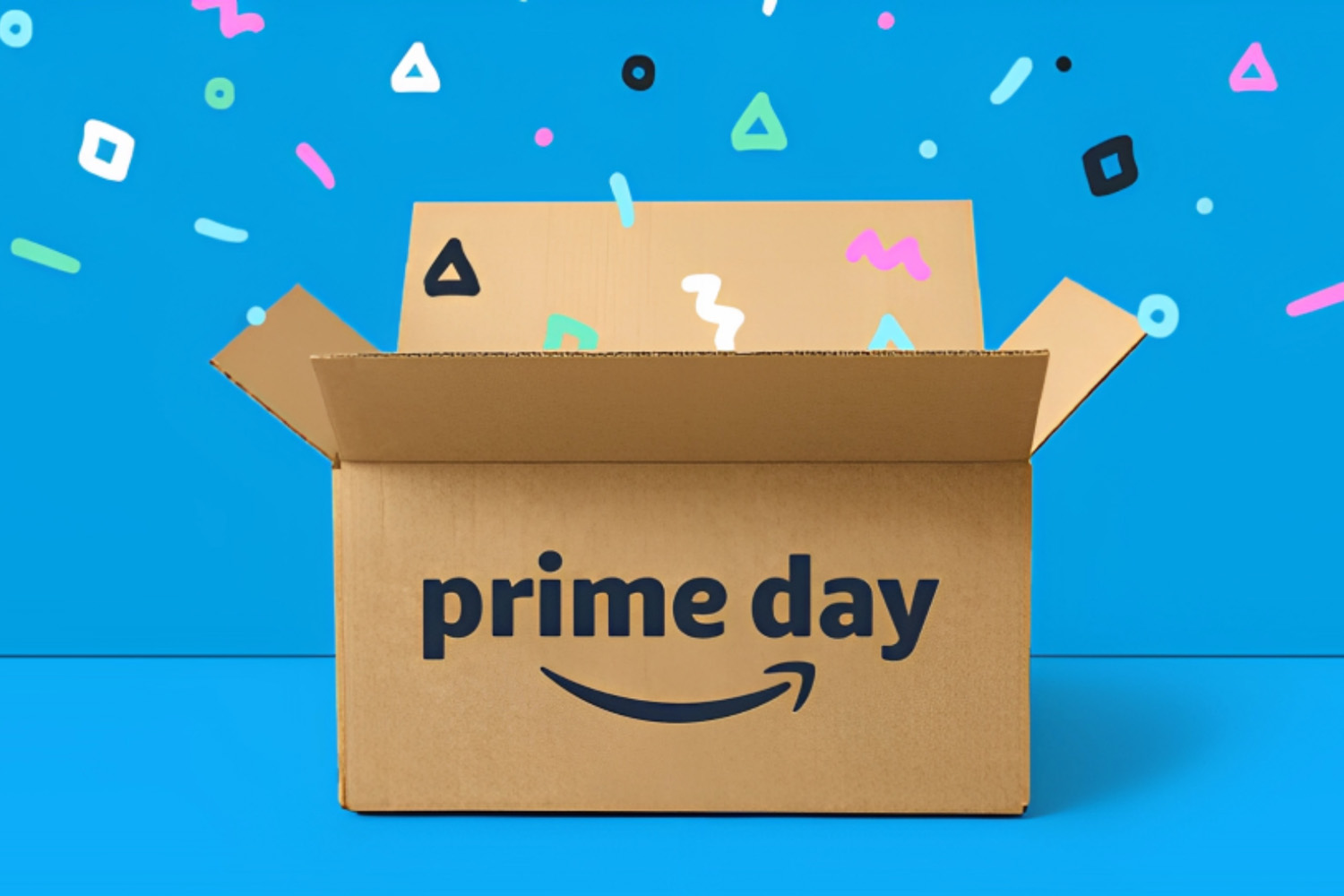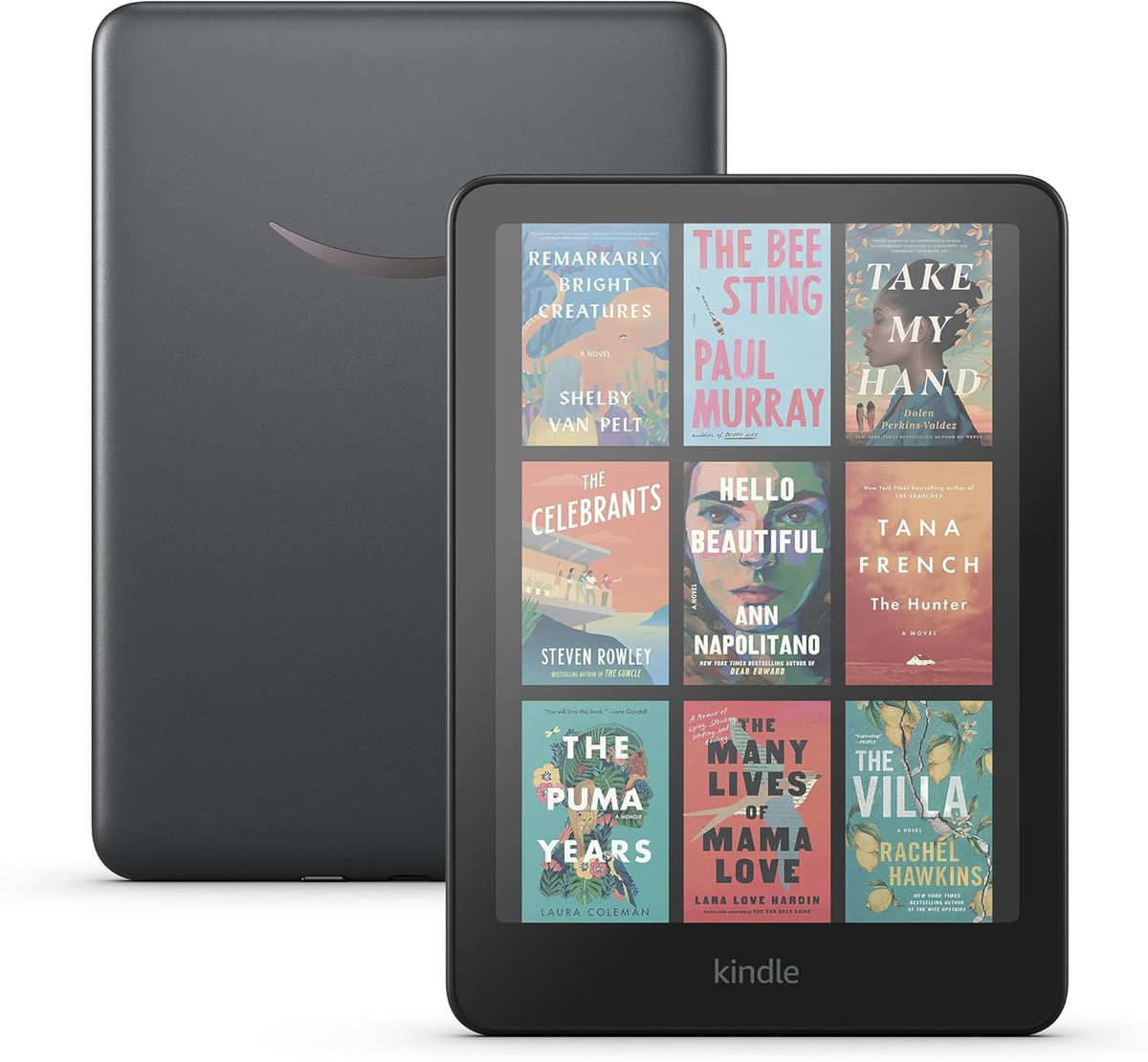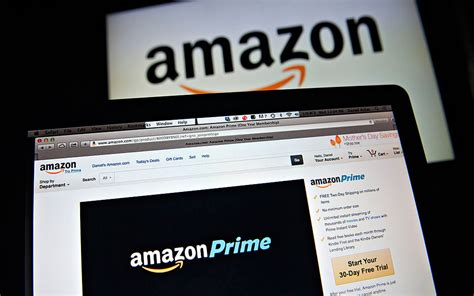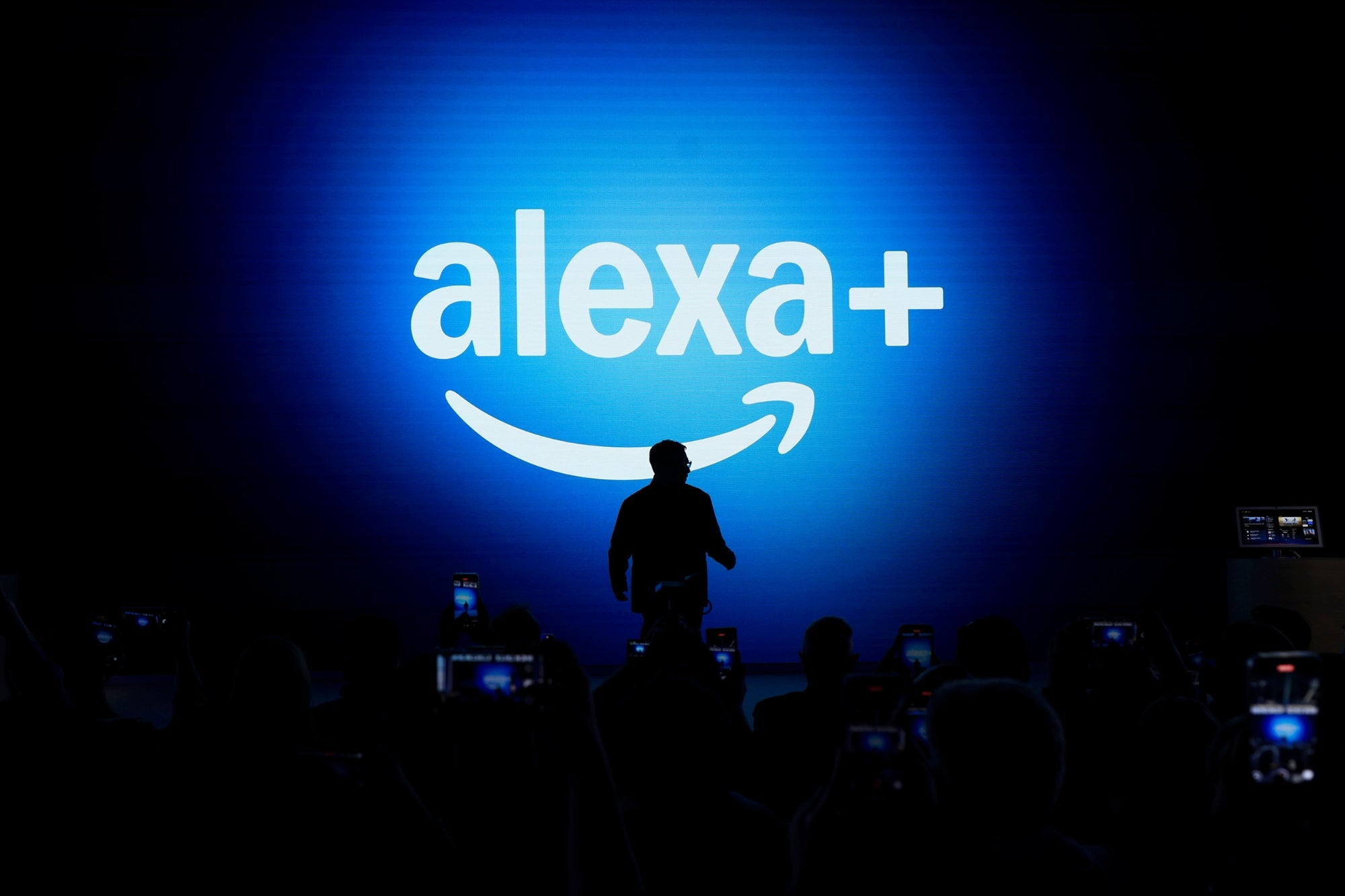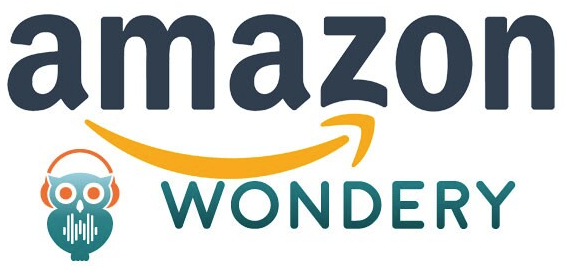The Amazon Android tablet is set to shake up the tablet market, specifically with the anticipated launch of its high-end model next year. As reported by Reuters, this new offering, codenamed “Kitthawk,” will be Amazon’s first foray into the realm of open-source Android, steering away from their traditional Fire OS. With a competitive price point of around $400, this Android tablet release might attract consumers who have long been curious about Amazon’s approach to device integration and compatibility with Android applications. Furthermore, the buzz around budget Android tablets suggests that Amazon’s move could also influence the broader landscape of affordable devices, making it imperative for competitors to stay on top of the latest Amazon tablet news. However, while excitement brews, challenges such as potential delays may loom ahead, leaving consumers eager to see how this tablet will impact their buying decisions in the future.
In the world of mobile computing, the upcoming Amazon tablet is generating significant interest, especially with its innovative approach to operating systems and market positioning. Dubbed the “Kitthawk tablet,” this new device aims to break free from Amazon’s usual Fire OS, potentially offering users broader compatibility with existing Android ecosystems. At a price point of approximately €400, this device will cater to those seeking a premium experience without straying into high-end territory dominated by competitors. As consumers explore various options, including the growing trend of budget Android tablets, the anticipation builds around what features and functionalities will be included in this next-generation tablet. With Amazon’s reputation for delivering value, the prospects for this tablet series could redefine user expectations in a competitive market.
Amazon’s High-End Android Tablet Development
Amazon is making headlines with its ambitious plans to launch a high-end Android tablet, codenamed “Kitthawk.” Unlike its existing tablet offerings, which run on the proprietary Fire OS, this new tablet will utilize an open-source version of Android. This strategic shift signifies Amazon’s intent to expand its audience by providing a device that integrates seamlessly with other Android products. If successful, the Kitthawk tablet could mark a pivotal moment for Amazon, allowing it to attract users who have been hesitant to adopt its devices due to compatibility concerns.
While the potential launch is exciting, it comes with caveats. Various reports suggest that the Kitthawk tablet might face postponements or even cancellations due to internal or market-related challenges. Interestingly, the anticipated price point of around $400 raises questions about how Amazon’s new device will position itself in a competitive landscape dominated by established players like Apple and Samsung. The need for compatibility with the Google Play Store and the overall Android ecosystem will be crucial in attracting consumers who are looking for features beyond what Fire OS can offer.
The Future of Amazon Fire Tablets
Amazon has built a reputation for producing budget-friendly tablets, making it a significant player in the tablet market. Its current flagship, the Fire Max 11, is priced at $229.99 and is equipped with an optional keyboard and stylus pen. However, with only 4GB of memory and limited access to apps through the Amazon App Store, users seeking advanced functionalities may find themselves falling short. Despite these limitations, Amazon’s strategy focuses on appealing to consumers looking for economical solutions in a market heavily influenced by Apple’s iPad.
Looking forward, Amazon’s transition towards the Android ecosystem through its Kitthawk initiative may reshape perceptions of its Fire tablets. If the Kitthawk tablet meets consumer expectations and delivers a robust Android experience, it could encourage users who currently find Fire tablets lacking in versatility. Furthermore, Amazon’s venture into lower-priced tablets running its Vega operating system could also signify a new direction for its product line, targeting various segments within the tablet market.
Exploring Budget Android Tablets Options from Amazon and Beyond
As the tablet market evolves, budget Android tablets are gaining traction among consumers seeking affordable technology. Amazon has carved out a niche with its cost-effective Fire tablets, which offer essential functionalities without straining the wallet. Competitors also provide various affordable options equipped with Android, catering to users who prioritize basic features such as web browsing, streaming, and e-reading. This diversity allows customers to choose devices that suit their needs without necessitating high spending.
In addition to Amazon’s offerings, the landscape includes other manufacturers who have entered the budget tablet segment. Brands like Lenovo and Samsung offer their own budget-friendly Android tablets that compete for similar audiences. These tablets come with a range of features, and some provide access to the Google Play Store and a broader app experience that Fire tablets may lack. With various options on the table, consumers are empowered to evaluate what fits their lifestyle best while remaining budget-conscious.
The Role of Operating Systems in Tablet Choice
Operating systems play a crucial role in influencing consumer decisions in the tablet market. Amazon’s Fire OS, although tailored for its devices, often limits access to a wide array of applications that users expect from an Android tablet. This can deter potential buyers who are accustomed to the expansive capabilities of Android devices. As Amazon plans to introduce its high-end Android tablet running a more traditional version of the OS, it promises to bridge the gap between functionality and affordability.
In contrast, while Amazon’s current Fire tablets have maintained market presence due to their price points, the introduction of the Android-based Kitthawk could shift the perception and appeal among tech-savvy consumers. By allowing users access to the Google Play Store and standard Android applications, Amazon might recapture those who have been skeptical of its devices due to previous OS limitations. The anticipation surrounding this shift illustrates the inherent importance of an operating system in shaping the future of tablet preferences.
The Impact of Android Tablet Releases on Consumer Behavior
The availability of new Android tablet models can significantly influence consumer behavior in the tech market. As consumers become aware of the innovative features offered by upcoming tablets, their purchasing decisions may shift towards options that provide a richer experience. Amazon’s planned Kitthawk tablet highlights this trend, as it aims to entice consumers who have been looking for an Android alternative that is not confined by the constraints of Fire OS. This shift can lead to increased competition and, ultimately, advancements in tablet technology.
Furthermore, as manufacturers like Amazon continue to develop new Android tablets, consumer demand for more features will likely rise. Users are increasingly seeking devices with better performance, extensive app libraries, and the flexibility of full Android functionality. As competition fuels innovation, we can expect the next wave of Android tablets to cater to diverse needs, helping to create a more dynamic market for consumers.
Challenging the iPad Dominance: Amazon’s Strategy
For years, Apple’s iPad has dominated the tablet landscape, leaving little room for competitors to thrive. However, with Amazon’s foray into high-end Android tablets, particularly with its Kitthawk model, there lies potential to challenge this entrenched status. If Amazon successfully introduces a feature-rich, competitively priced tablet that aligns with consumer preferences, it could shift the balance within the market. By prioritizing compatibility, performance, and affordability, Amazon aims to attract users who might have traditionally gravitated towards iPads.
Moreover, as consumers increasingly demand devices that offer more than just basic functionalities, the market dynamics are starting to favor brands willing to innovate. A successful launch of the Kitthawk tablet could catalyze a new wave of enhanced competition in the tablet sector. Amazon stands at the precipice of potential transformation, where its unique approach could compel even the most loyal iPad users to consider alternatives, paving the way for a more diverse tablet ecosystem.
Analyzing the Financial Feasibility of Kitthawk
The development of the Kitthawk tablet is an ambitious endeavor for Amazon, particularly given the financial considerations involved. As reported, the anticipated cost of around $400 raises discussions about the tablet’s value proposition against its competitors. Consumers will weigh whether the potential features justify this price, especially if the device lacks certain functionalities associated with higher-end tablets. Financial implications, along with market reception, will ultimately shape the product’s viability and longevity.
Additionally, potential delays or cancellations mentioned in reports highlight the uncertainty surrounding the production of the Kitthawk tablet. Financial hurdles could hinder Amazon’s plans to penetrate the higher-end tablet market successfully. If the company is unable to showcase a solid product backed by robust features, it risks losing credibility in a market that demands excellence. The balance between innovation and financial sustainability will be vital for Amazon as it explores the possibilities in the evolving tablet landscape.
Consumer Expectations Versus Reality in Tablet Releases
As companies like Amazon venture to develop new tablets, aligning consumer expectations with reality becomes paramount. Anticipations surrounding the Kitthawk tablet suggest that buyers are looking for a seamless integration of features that traditional Android devices offer. This includes robust app compatibility, intuitive usability, and advanced technical specifications. If these standards are not met upon release, consumers may experience a disconnect between what they expect and what is delivered, leading to disappointment.
The perception of a product significantly influences consumer behaviors; thus, companies need to manage expectations wisely. Effective marketing that communicates the actual capabilities of the Kitthawk tablet will be crucial to capturing consumer interest. Additionally, ongoing feedback from beta tests and user communities can help Amazon refine the tablet to better align with the demands of its target audience, ultimately contributing to a successful launch.
Exploring the Evolution of Amazon’s Tablet Strategy
Amazon’s tablet strategy has seen significant evolution over the years. Starting with budget-friendly Fire tablets aimed at entry-level users, the company is now exploring high-end options with its upcoming Kitthawk tablet. This represents a shift in Amazon’s approach, recognizing that consumers are seeking more sophisticated devices that can compete with established giants in the industry. By stepping into the premium segment, Amazon aims to diversify its offerings, catering to a broader spectrum of consumer needs.
As the company capitalizes on its existing user base while targeting new customers with premium features, the landscape of tablet offerings from Amazon will likely become more robust. This evolution indicates an understanding of market demands, where users are willing to invest in quality devices that offer greater utility. The transition from budget to premium tablets, along with initiatives like the potential release of lower-priced Vega OS devices, showcases Amazon’s strategic foresight and adaptability in a rapidly changing technological environment.
Frequently Asked Questions
What features can we expect from the upcoming Amazon Android tablet codenamed ‘Kitthawk’?
The ‘Kitthawk’ Amazon Android tablet is anticipated to operate on an open-source version of Android, distinguishing it from the current Fire OS devices. Expected features include a high-resolution display, improved memory options, and compatibility with various Android apps and services.
Will the Kitthawk tablet support Google Play Store and services?
While details are still sparse, for the ‘Kitthawk’ Amazon Android tablet to compete effectively, it is essential that it includes access to the Google Play Store and Google services. However, the current speculation does not confirm this accessibility.
How does the price of the Amazon Android tablet compare to other budget Android tablets?
The anticipated price of around $400 for the Kitthawk Amazon Android tablet positions it higher than many budget Android tablets, which often sell for much less. The competing budget devices typically range below $250, making Amazon’s pricing critical to its success.
What is the significance of Vega OS in relation to Amazon’s Android tablet plans?
Vega OS is Amazon’s Linux-based operating system that is intended to replace Fire OS in certain devices. While the Kitthawk tablet is expected to use standard Android, the lower-priced tablets mentioned may feature Vega OS, thus diversifying Amazon’s tablet offerings.
What competitive advantages does Amazon have in the Android tablet market?
Amazon has established itself in the tablet market through budget-friendly Fire tablets that frequently receive discounts. The shift to a high-end Android tablet could attract consumers looking for more robust performance and app compatibility, potentially enhancing their market presence.
Are there any expected release dates for the Kitthawk Amazon Android tablet?
The release of the Kitthawk Amazon Android tablet is speculated to occur sometime next year. However, delays are possible due to various financial or developmental challenges, as indicated in recent reports.
How successful have Amazon’s budget Android tablets been in the current market?
Amazon’s budget Android tablets, particularly the Fire lineup, have captured a significant share of the market. Despite facing competition from high-end models like the iPad, their affordability and regular discounts have made them popular choices amongst consumers.
What impact could the Kitthawk tablet have on Amazon’s Fire tablets?
If the Kitthawk Android tablet proves successful, it could enhance the appeal of Amazon’s Fire tablets by introducing features that support compatibility with other Android devices, potentially attracting a wider audience.
Why should consumers approach the news about the Kitthawk tablet with skepticism?
Reports of the Kitthawk tablet coming to market should be taken lightly due to potential delays or cancellations. Factors such as financial issues could impede its release, making it prudent for consumers to remain cautious about any projections.
How do Amazon’s current Fire tablets compare with other brands like Samsung in the Android tablet space?
While Amazon’s Fire tablets offer competitive pricing, brands like Samsung and Apple often dominate the market with higher-performance models like the iPad. Amazon must balance its budget appeal with the need to enhance functionality to compete with these established players.
| Key Points |
|---|
| Amazon is developing a high-end Android tablet named ‘Kitthawk’. This tablet will run on the open-source version of Android instead of Fire OS. |
| The projected launch for this tablet is next year, with an estimated price of around $400. |
| Success of ‘Kitthawk’ could enhance the appeal of Fire tablets for users wanting compatibility with Android devices. |
| Potential delays or cancellations of ‘Kitthawk’ may occur due to financial or other issues. |
| Amazon’s current leading tablet is the Fire Max 11, priced at $229.99, which has limitations in memory and app accessibility. |
| The tablet market is mainly dominated by Apple’s iPad, posing a challenge for Amazon’s new product. |
| Amazon plans to release lower-priced tablets with the Linux-based Vega OS, continuing to diversify its product line. |
Summary
The Amazon Android tablet is shaping up to be a significant addition to the tablet market, offering consumers an alternative to established brands like Apple’s iPad. With its anticipated features and competitive price point of around $400, it is poised to attract users who seek compatibility with other Android devices. However, potential delays and the limitations of current Amazon devices raise questions about its long-term reception. As Amazon continues to innovate with both the Android and its Linux-based Vega OS tablets, the tech community watches closely to see if these developments will revolutionize Amazon’s presence in the tablet market.
